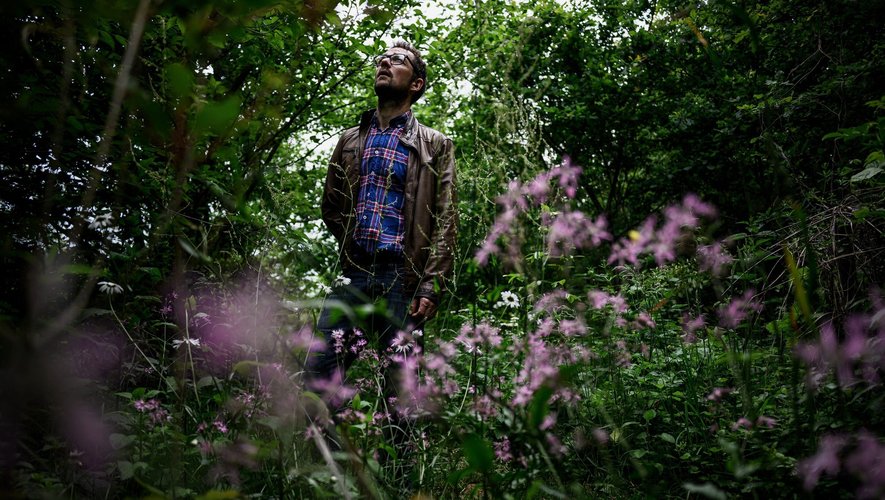(AFP) – Mahogany leaves, egopod salad, lavatera and daisy flowers, gingerbread with acorn flour…: in Bresse, an edible forest offers everything humans need to feed themselves, while respecting the planet.
“Here, what can be eaten? Everything around you”: Fabrice Desjours sweeps away a lush plant chaos made up of tangles of vines, plants and shrubs, dominated by trees with surprising origins .
“This Japanese dogwood produces quite amazing fruits, which will be eaten”, explains Fabrice, pointing to a tree with magnificent starry white flowers. “And yes, it holds at -20°C”, adds the founder of the “Gourmet Forest”.
“That’s a sasa bamboo. We eat the little shoots. Stir-fried, it’s just delicious… That’s a Chinese mahogany, we make great pesto out of it,” he says, making them taste to the skeptical visitor rusty green leaves that actually give the delicious impression of biting into a slightly nutty onion.
Then, pointing to the ground lined with plants: “it’s stonecrop, a great vegetable. And there, the aralia, an Asian vegetable. Restaurant owners like it a lot”.
More than a thousand species are cultivated on the 2.5 hectares of the “FoGo” (gourmet forest), planted in Burgundy’s Bresse on the sole initiative of Fabrice Desjours.
Worn straw hat and gardener’s hands, this former nurse who had a passion for plants “since he was little” appreciated finding the “calm” in the forest that his job denied him.
Globe-trotter, he discovers, during his wanderings, that agroforests still feed the populations of Sumatra, Costa Rica, Comoros… “The inhabitants left for the forest and returned ten minutes later with baskets full of things succulent. It was the abundance of food,” he recalls.
– No irrigation –
“I too wanted to create my own oasis”: in 2010, after having been trained in agro-forestry, he bought a few hectares of desolate meadows and planted his gourmet forest with the strength of his arms and finances alone.
“The idea was really to make a forest to eat, without soil erosion and without treatment,” he explains to AFP.
Apart from the first years of planting, no irrigation is needed anymore. Because the FoGo is planted “with varieties that are resistant to drought” but also because it “conserves water in the soil” thanks to an assembly of specific plants which further strengthen biodiversity, explains Fabrice, his voice covered. by the songs of birds.
First dream of one man, the FoGo has become a laboratory of “garden-forests” that “everyone” wants to imitate. In Normandy, in Lille, in Toulouse. At altitude or on the plain. In flood-prone or dry areas, the non-profit association created in 2018 to support the gourmet forest now advises around fifty projects per year and trains “5 to 600 people”.
“There is a lot of enthusiasm,” confirms Geneviève Michon, sponsor of FoGo and expert in agroforests at the Research Institute for Development (IRD).
“It came to us from the tropics,” explains the researcher. “It happened in Europe thirty years ago, in the United Kingdom first. In France, it took time: when I wanted to do research on it, in the 80s, I was replied: the agroforest has no future!”, she recalls.
“Today, we are rediscovering the idea that we can eat the forest. It spreads like oil because we realize the enormous cost of industrial agriculture”.
Suddenly, in his edible jungle, Fabrice launches an appetizing “to the table!”, his arms laden with a “super-salad” of white bedstraw, stonecrop, glechome…, accompanied by mashed Chinese yam and, to finish, an acorn flour gingerbread. All washed down with Japanese rose tea.
“Starter, main course, dessert”, he says with satisfaction. “Yes, with the forest, we can make a complete meal”.

